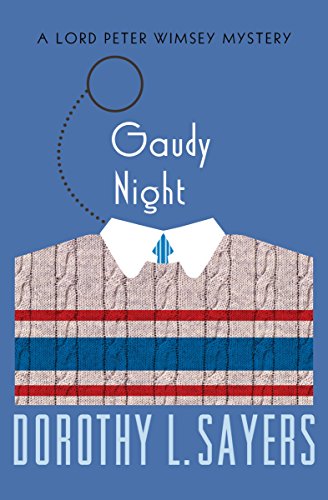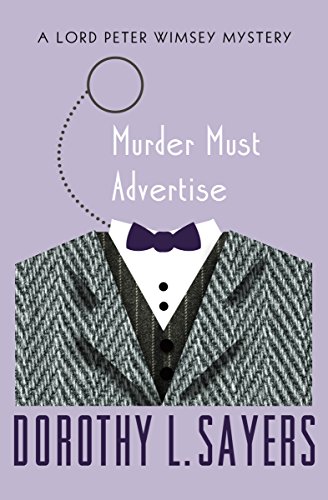I didn’t make any progress on The Road this week. (Perhaps I should write about it before I finish, make two posts.) I’ve been reading other books too, which is new for me. Last year, I bought a few books to challenge myself and have picked up more since then, so now I’m reading four at once sorta kinda. Saying it that way doesn’t sound right, because I’m not reading four books together. I just have books I intend to but have yet to finish.
One of those books is Karen Swallow Prior’s The Evangelical Imagination: How Stories, Images & Metaphors Created a Culture in Crisis. It describes the recent history of several ideas in Christianity, such as spiritual awakening, conversion, sentimentality, and materiality. They may not be ideas emphasized by our church traditions, but I’m sure I’ll find some challenging thoughts as I keep reading.
In talking about the concept of conversion, she notes a reader of Pride and Prejudice who remarked that Mr. Collins doesn’t appear to be a Christian at all. How could he be a minister? He could be a minister, she says, because the state church made political appointments to these positions. This was the context of the Great Awakening. She writes that evangelicals emphasize reaching the lost among those in the world or of other faiths, so there’s a bit of irony in the development of evangelicalism from a society that claimed to be Christian on the whole. How we imagine the conversion experience shapes our faith and influences how we teach others, especially children, to think about their commitment to Christ.
That’s the kind of thing Prior gets into in that book. I’ll write about it again another time.
Christian Nationalism: Hunter Baker reviews a couple books on the Christian Nationalism debate for Modern Age. “For Wolfe, the answer is to become a transgressor against the boundaries of church and state that today appear to be so firmly drawn by the liberal regime. . . . You can’t fight the something of secular progressivism with the nothing of a disarmed faith that lives in the confining pen made for it by modernity, so set forth a vision of the nation as one that is unashamed to call itself and its people Christian.”
Poetry: Five poems from Dorothy Sayers
I sit within My Father’s house, with changeless face to see
The shames and sins that turned away My Father’s face from Me;
Be not amazed for all these things, I bore them long ago
That am from everlasting God, and was and shall be so.
Humanities: The good people at The New Criterion had abandoned the annual Modern Language Association conference, saying, “we felt that, like Macbeth, we had ‘supped full with horrors’ and resolved to leave those annual exhibitions of narcissistic nullity to others.” But this year, they looked back again and found a curiosity or two.
Scripture: Luther on “the chief point of all Scripture” being the certainty of God’s promises.
Photo: Norwest Bank terra cotta detail, Owatonna, Minnesota, 1988. John Margolies Roadside America photograph archive (1972-2008), Library of Congress, Prints and Photographs Division.









